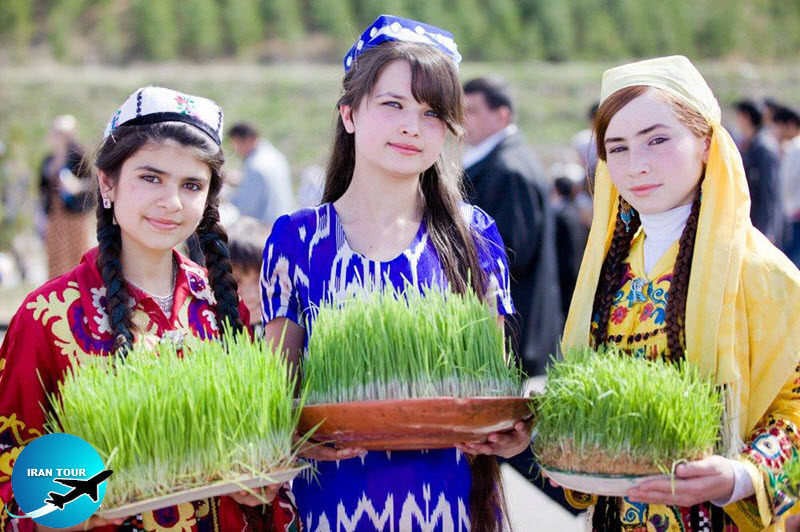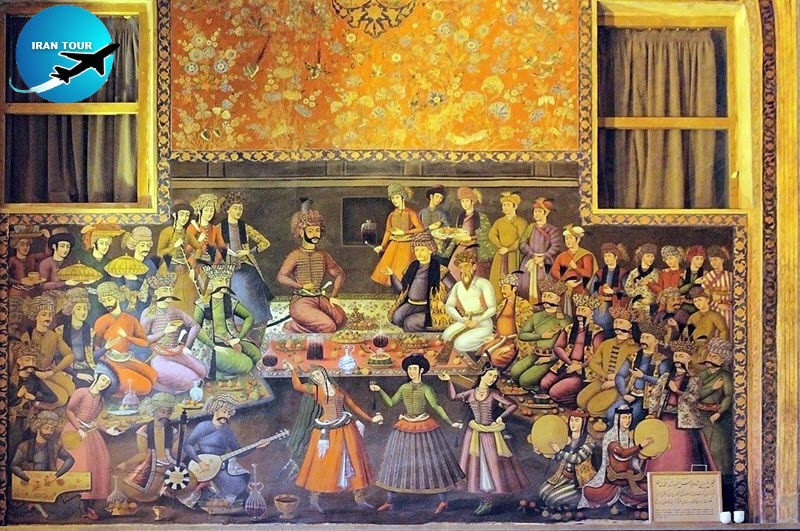Copyright 2020 - 2021 irantour.tours all right reserved
Designed by Behsazanhost
Nowruz an old ceremony in the modern world
Nowruz is an old ceremony in the modern world
Nowruz is the first day of the spring and the first day of the Persian solar calendar. They welcome the first day of spring and start the ceremonies of Nowruz.
Nowruz is an Iranian name for the first day of spring and means the new day and also is the Persian name for the new year. This is celebrated not only in Iran but also around the world by various nations and groups.
Although it has Iranian and Zoroastrian origins, Nowruz has been celebrated by different communities and nations which generally have Iranian roots and culture. It has been celebrated for over 3,000 years in Western Asia, Central Asia, the Caucasus, the Black Sea Basin, and the Balkans. It is a secular holiday for most celebrants that is enjoyed by people of several different faiths but remains a holy day for Zoroastrians.
Nowruz begins on March 21st, But to start this day, the Iranian people will perform various ceremonies in advance.
 |
Chaharshanbe Suri or Fireworks Wednesday
One of the oldest traditional events in Iran.
On the evening of this day, they perform different events. The main focus of these events is fire and fireworks. Also called the fire festival, it is a prelude to Nowruz, which marks the arrival of spring. The words Chahar Shanbeh mean Wednesday and Suri means red. Bonfires are lit to "keep the sun alive" until the early hours of the morning. The celebration usually starts in the evening, people making bonfires in the streets and jumping over them singing "
House Cleaning
In this ceremony, women clean their homes. This does not mean the actual cleaning of the house. This means welcoming the spring and preparing for the traditional Nowruz ritual.
 |
| The implementation of the Nowruz ceremony at the court of Shah Abbas Safavi Painted on the walls of the Chehel Sotoun Palace - Isfahan |
Buying new clothes and nuts
Before arriving in the spring, people wear new dresses and host each other with the best Persian fruits and nuts.
Haft-sin
Before starting Norouz, family members gather around the Haft-sin table and wait for the exact moment of the March equinox to celebrate the New Year. Traditionally, the seven foods Haft-sin starting with the letter sin (س) or " S " are:
Sabze (Persian: سبزه) – wheat, barley, mung bean, or lentil sprouts grown in a dish.
Samanu (Persian: سمنو) – a sweet pudding made from wheat germ
Persian olive (Persian: سنجد, translates. senjed)
Vinegar (Persian: سرکه, translates. serke)
Apple (Persian: سیب, translates. sib)
Garlic (Persian: سیر, translates. sir)
Sumac (Persian: سماق, translates, somaq)
We also know that these objects have astrological correlations with the planets Mercury, Venus, Mars, Jupiter, Saturn, Sun, and Moon. The Haft-sin table can also include a mirror, candles, painted eggs, a bowl of water, goldfish, coins, hyacinth, and traditional sweets.
A "book of wisdom" such as the Koran, the Bible, Avesta, Ferdowsi's Šahname, or Hafez's couch can also be included. The origins of Haft-sin are not clear. It is thought that this practice has been popularized over the past 100 years. The Haft-sin table can also include a mirror, candles, painted eggs, a bowl of water, goldfish, coins, hyacinth, and traditional sweets.
 |
History and origin
There exist various stories and myths about Nowruz in Iranian mythology.
The Shahnameh is the foundation of Norouz to the mythical Iranian king Jamshid, who saves humanity from a winter meant to kill all living beings.
Although it is unclear whether the proto-Indo-Iranians celebrated a holiday as the first day of the calendar, it seems that the Iranians could observe the beginning of autumn and spring, respectively related to the harvest and seed seeding. the New Year celebration.
Norouz is partly rooted in the tradition of Iranian religions, such as Mithraism and Zoroastrianism. In Mithraism, festivals had a deep connection with sunlight.
Iranian festivals such as Mehrgan (autumnal equinox), Tirgan, and the eve of Chelle ye Zemestan (winter solstice) also had an origin in the sun god (Surya).
- Details
- Category: IRAN Blog